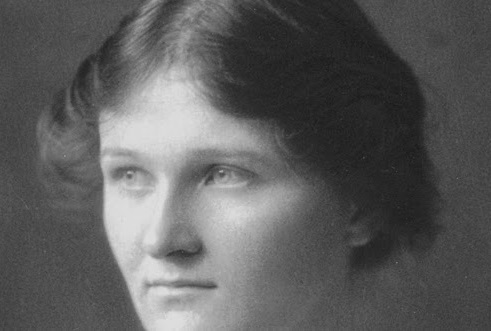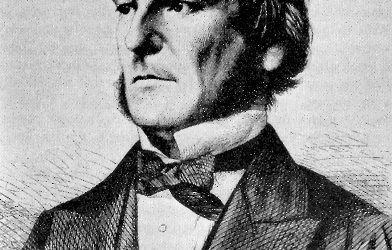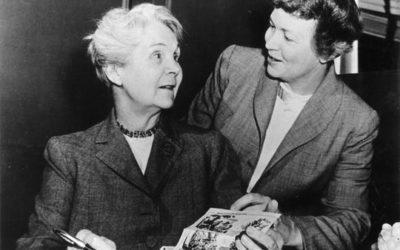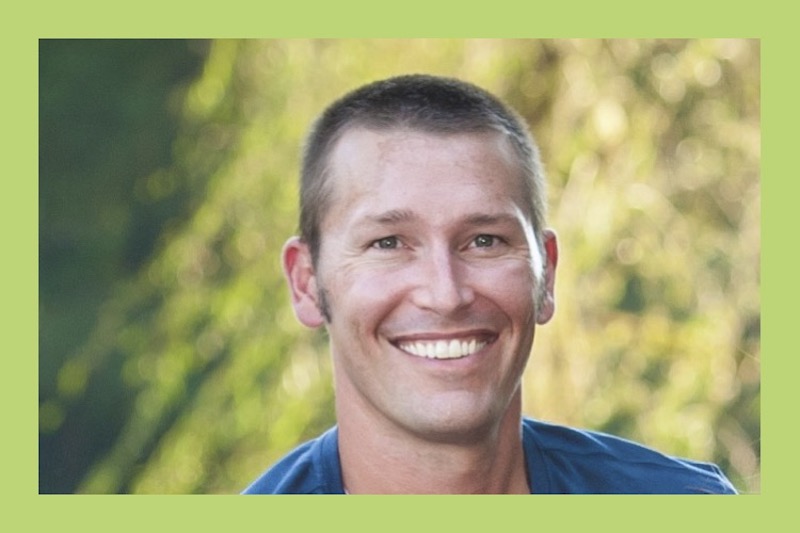When Sir Isaac Newton famously conceded, “If I have seen further it is by standing on the shoulders of giants”, he was appealing to an image of progress that had been shared by many other scientists before him, dating back to the twelfth century. Even today it’s quite a common belief that science advances by a gradual process of building more levels onto an existing edifice, taking the conclusions of the past and adding our own to them in order to get closer to the truth. This belief, however, is misleading, because it assumes that brilliant people never make mistakes. What happens when those intellectual giants are facing the wrong way, and the cleverness of their theories is only a distraction from those theories’ essential flaws?
Copernicus’ heliocentric view of the universe, for instance, was violently opposed not only because it contradicted the Church’s interpretation of scripture, but also on the grounds that it differed from the opinion of the greatest astronomical authority of the ancient world: Ptolemy of Alexandria. Ptolemy’s geocentric system was elegant, mathematically rigorous and intuitively appealing. It also happened to be wrong, but accepting that fact meant throwing out centuries of scholarly additions to the Ptolemaic theory, so many intellectuals simply refused to do so. Aristotle, another insightful ancient thinker, was so respected by medieval philosophers that for many centuries every one of his observations was regarded as an infallible truth; this even though Aristotle was responsible for his fair share of erroneous ideas, perhaps the silliest of which was his belief that women had fewer teeth than men.
For the true scientist, working to separate truth from speculation, one of the thorniest obstacles to overcome is actually the work done previously by other scientists. A great deal of science is based on incomplete or false information, and attempts to correct errors are often met with hostility by those who, whether out of financial interest, intellectual prejudice or personal pride, would rather let the error stand. And this was precisely the problem faced by the first astronomer to correctly identify the elemental composition of the stars, a woman whose revolutionary ideas would never have come to light if certain authorities had had their way.
Cecilia Payne was born on May 10, 1900 in Wendover, Buckinghamshire. Her father, a prominent London barrister, died when she was only four years old, leaving her mother to raise three children alone. Payne was interested in math and science, but unable to get much training in either field at the schools she attended as a girl. In 1918, however, she was able to transfer to St. Paul’s Girls’ School, where one of her teachers, the renowned composer Gustav Holst, suggested she take up a musical career. She preferred to focus on the opportunities the school gave her to study the physical sciences, and a year later this choice paid off when she won an all-expenses-paid scholarship to Newnham College at Cambridge.
While at Cambridge, Payne attended a lecture by the astronomer Arthur Eddington that opened up a fascinating new world of study right before her eyes. Hoping to find concrete evidence of Albert Einstein’s revolutionary theory of general relativity, Eddington had travelled in 1919 to the west coast of Africa to photograph the stars next to a total eclipse of the sun. As he explained to the assembled students, the experimental results had confirmed Einstein’s theory and all its strange implications. Payne’s whole view of the universe and how it worked was altered over the course of that lecture. In fact, she later claimed that the experience nearly drove her to a nervous breakdown. This was no doubt the spark of inspiration that eventually led to her question several of the fundamental astronomical beliefs of her time.
Payne finished her course of study, specializing in physics and astronomy, but was not awarded a degree. Hers was far from a unique situation, as Cambridge (like many other universities until well into the 20th century) officially did not give degrees to female students. However, it did put her into a difficult predicament. With no degree, opportunities for further research were closed off to her. If she stayed in the United Kingdom, her only real option would be to teach in a secondary school; even becoming a university professor would be out of the question. This led her to one of the most momentous decisions of her life: moving to the United States to take advantage of a newly-created women’s fellowship at the Harvard College Observatory. Only the second woman ever to be admitted under the program, she would study under the observatory’s director, Harlow Shapley.
Shapley encouraged Payne to write a doctoral thesis and pursue a PhD in astronomy, which she eventually obtained in 1925 from Radcliffe College. Drawing on the latest discoveries of the pioneering Indian astrophysicist Meghnad Saha, Payne devoted her dissertation to the absorption and emission of light spectra by stars. Among her many observations, the most groundbreaking was her estimate of the elemental composition of stars, which suggested that they were composed almost entirely of hydrogen and helium.
Today this observation is widely known to be true, but in Payne’s day it ran contrary to the expectations of most established astronomers. The prevailing theory at the time, based on the work of astronomical authority Henry Rowland, was that the Sun had almost exactly the same elemental composition as the Earth, and that the differences in their spectra were entirely due to temperature. Henry Norris Russell, another leading light of American astrophysics, had written only a decade before that if the Earth were heated to the same temperature as the Sun, it would give off practically the same light.
The errors of the past weren’t going to go down without a fight. Russell himself got in contact with Payne and urged her to leave the elemental composition figures out of her dissertation. After all, if those estimates disagreed with the current scientific consensus, then surely there must be some mistake in them that simply slipped Payne’s mind at some point. Looking back, we can see how narrow-minded and self-serving this argument was, but we have the advantage of scientific certainty that neither Russell nor Payne had at that time. As it happened, Russell successfully convinced Payne that her figures were incorrect; in the published dissertation, she presents the estimates but describes them as “spurious”. Only a few years later, however, new experimental data confirmed that Payne had been essentially correct and the established authorities had been wrong. Russell, to his credit, admitted that he had made a serious mistake, and in a 1929 paper he credited Payne for opening his eyes to the truth.
Contradicting the scientific authorities wasn’t the only daring or dangerous thing Payne did in her life. In 1934 she visited the Leningrad Observatory in the U.S.S.R. as well as research institutions in Germany, all in pursuit of better data. On this trip she encountered a Russian astronomer named Sergei Gaposchkin, who had left Russia because of political persecution and now faced ethnic persecution from the newly-formed Nazi government. Moved by his plight, Payne petitioned the U.S. government to give him asylum; later that year the two were married.
Cecilia Payne-Gaposchkin had the kind of mind that belongs in science. Throughout her long career at Harvard, she constantly sought out the latest and most advanced research from around the world, paying little attention to the cultural trappings of its source. She worked hard, and constantly, to establish a foothold in an academic community infamous for its tacit sexism, in the process becoming Harvard’s first female astronomy professor and department chair. Her example was inspirational to more than a few modern academics, because it shows that ultimately it’s the quality of a person’s ideas, and not their status, that counts.
Next (and Final) Post: The “economic miracle” of the 1950s and ‘60s that pulled a war-torn and impoverished Japan up to become the second largest economy in the world, and its principal architect, the American engineer W. Edwards Deming.














